According to the growth cycle of rice plants, companies organize gas sampling, analysis and calculation of methane emission reduction.
To collect gas samples, technical staff of the companies place the gas measuring chamber upside down on the rice plants for a certain period of time to collect samples.
The gas measuring chamber is made of glass and equipped with devices for carbon credit collection in rice production.
After a certain period of time, the gas samples are collected in the gas measuring chambers.
Gas sampling procedures are carefully recorded by technical staff of the companies.
After collecting gas samples, companies bring them back for analysis and calculate the conversion of carbon credits/ha.
According to the analysis and calculation results of the companies, rice fields reduce greenhouse gas emissions compared to conventional production by 4.84 tons of CO2/ha, equivalent to 4.84 carbon credits/ha (equivalent to 90 - 100 USD/ha).
Through the comparison of rice production according to the process of reducing greenhouse gas emissions, creating carbon credits, reducing production costs by 5 - 10%, reducing water usage by 10%, and rice yield reaching equivalent to 10% higher than mass production.
On February 12, 2025, the Department of Agriculture and Environment and the Japanese company Faegre signed a memorandum of understanding on coordination and cooperation in developing and implementing the project "Reducing greenhouse gas emissions and building carbon credits in rice production in Thanh Hoa province", with an area of 200 hectares in 2025, expected to expand to 50,000 hectares by 2030. |
Le Hoi
Source: https://baothanhhoa.vn/can-canh-thu-tin-chi-carbon-trong-san-xuat-lua-250271.htm


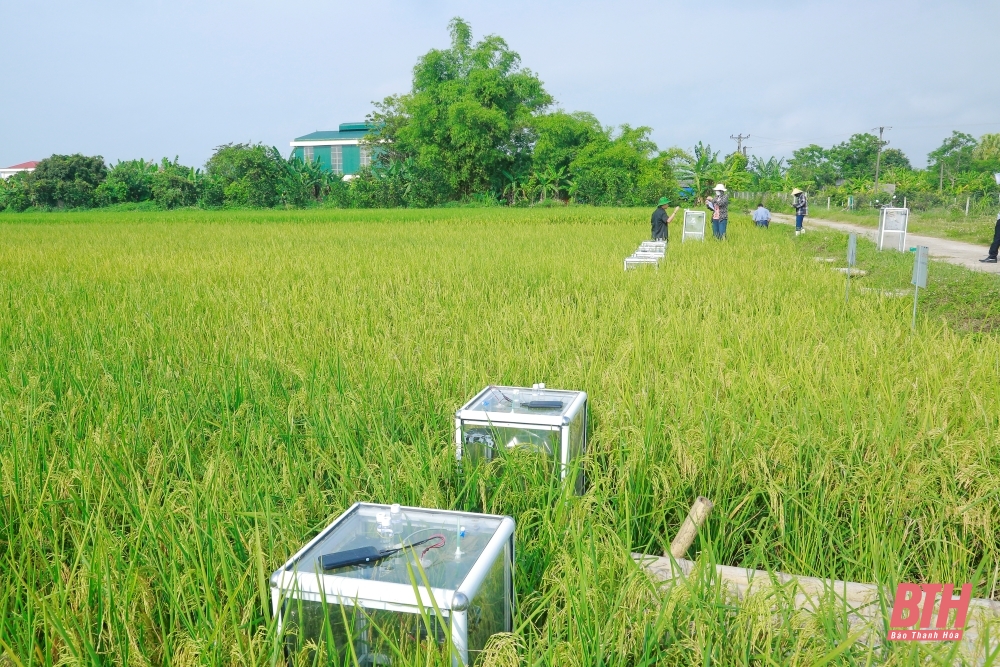
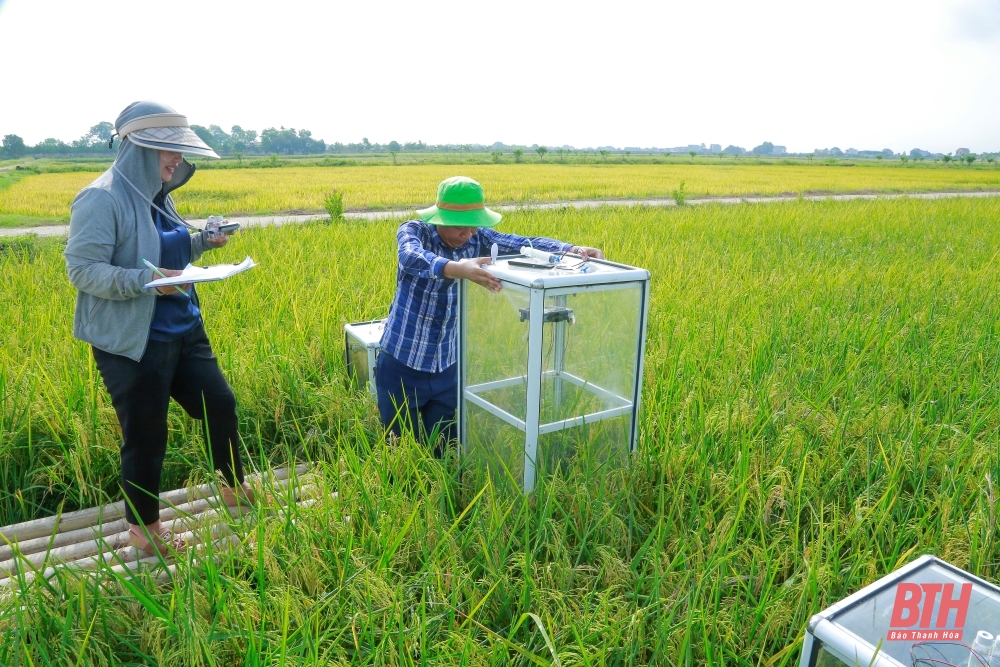
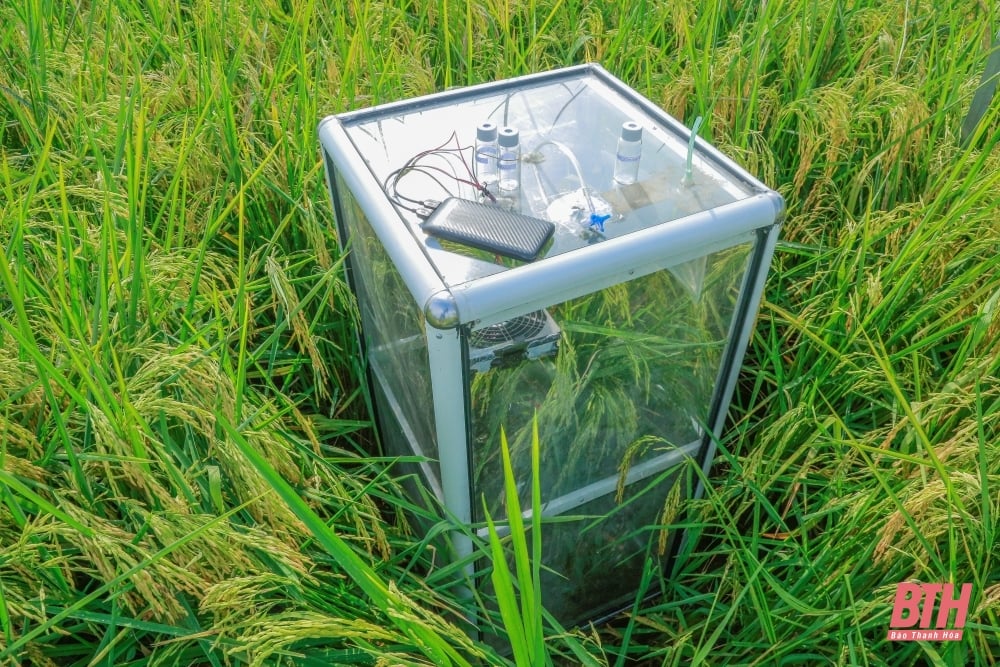
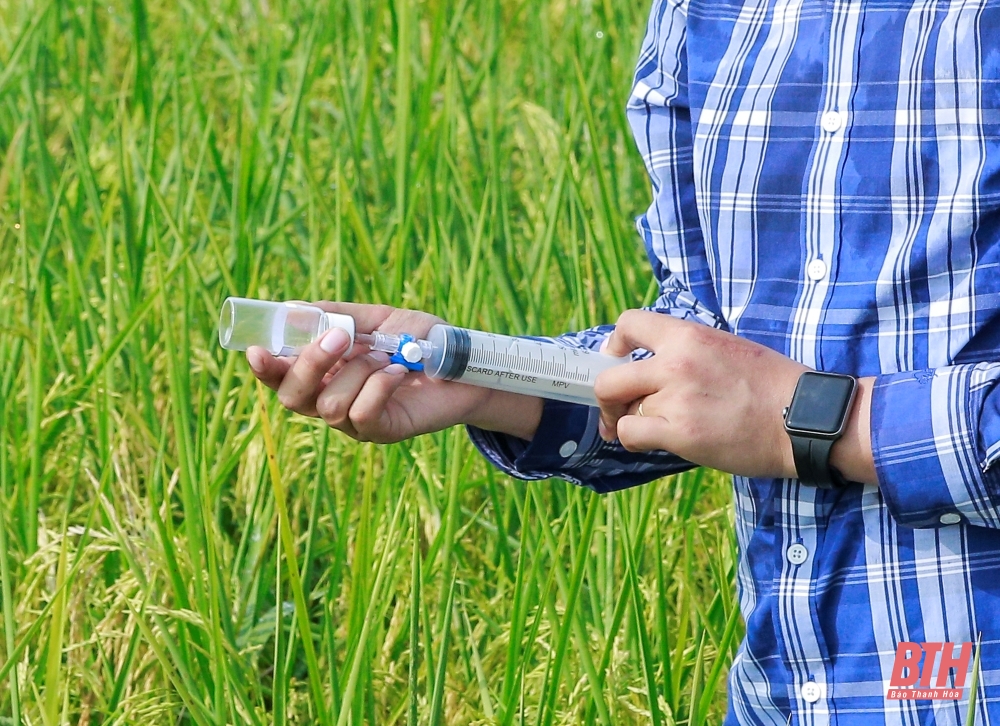
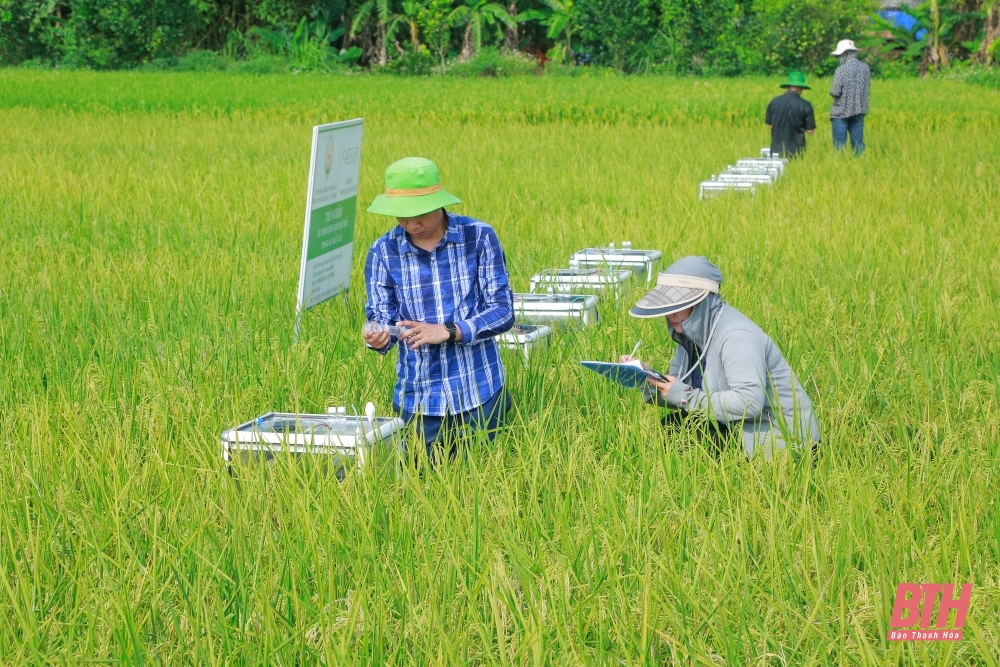
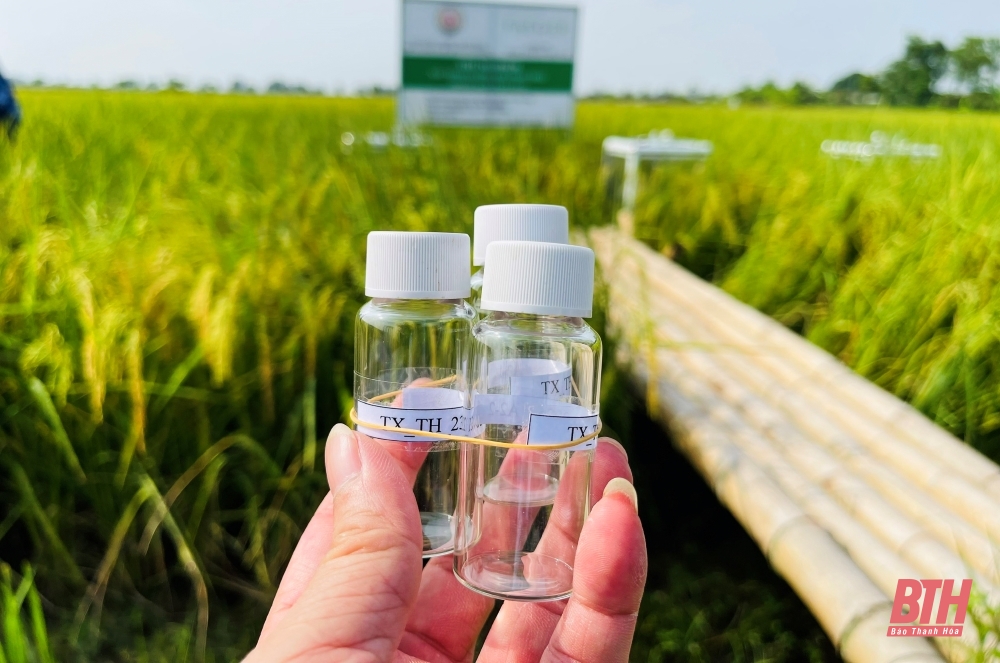
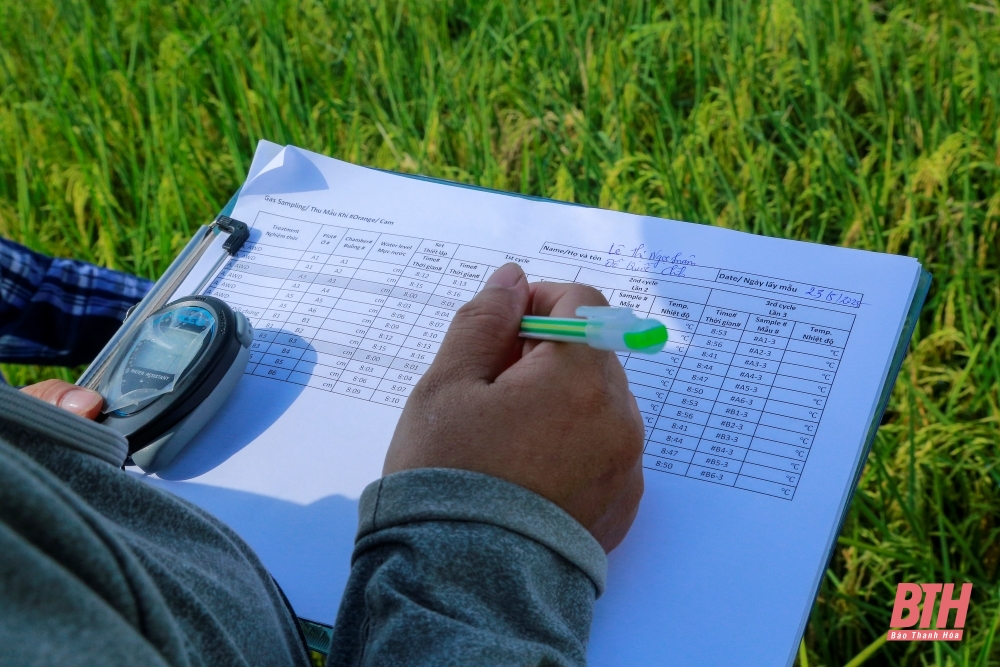
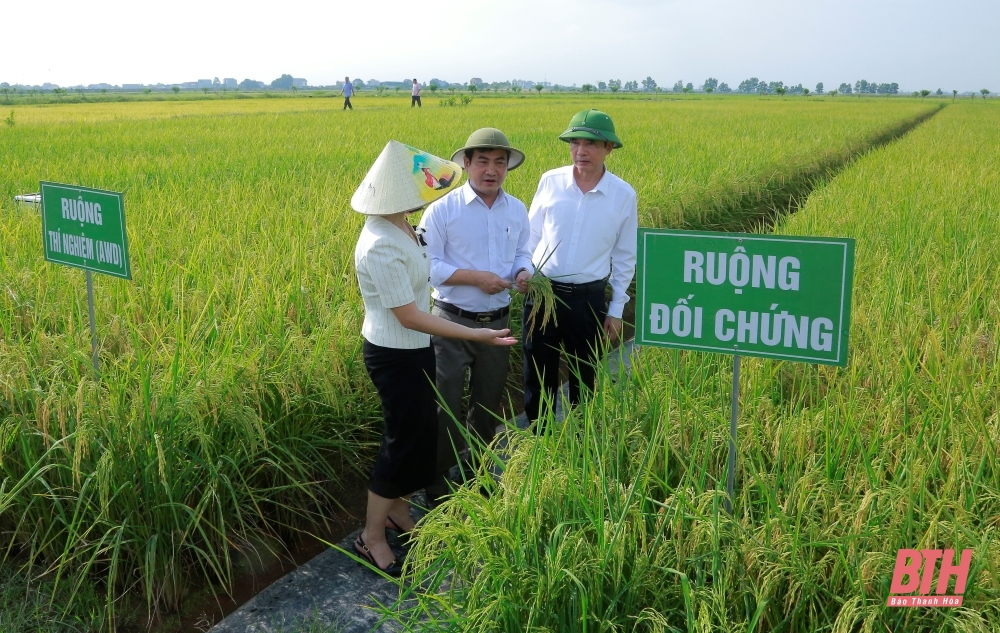
![[Photo] A delegation of 100 journalists from the Vietnam Journalists Association visits the soldiers and people of Truong Sa island district.](https://vphoto.vietnam.vn/thumb/1200x675/vietnam/resource/IMAGE/2025/5/30/0984a986227d4e988177f560d2e1563e)

![[Photo] General Secretary To Lam receives Chief of the Central Office of the Lao People's Revolutionary Party](https://vphoto.vietnam.vn/thumb/1200x675/vietnam/resource/IMAGE/2025/5/30/140435f4b39d4599a3d17975dfb444c5)
![[Photo] National Conference "100 years of Vietnamese Revolutionary Press accompanying the glorious cause of the Party and the nation"](https://vphoto.vietnam.vn/thumb/1200x675/vietnam/resource/IMAGE/2025/5/30/1cf6cd5c8a934ebfa347028dcb08358c)

![[Photo] Journalists moved to tears at the Memorial Service for the soldiers who died in Gac Ma](https://vphoto.vietnam.vn/thumb/1200x675/vietnam/resource/IMAGE/2025/5/30/9454613a55c54c16bf8c0efa51883456)
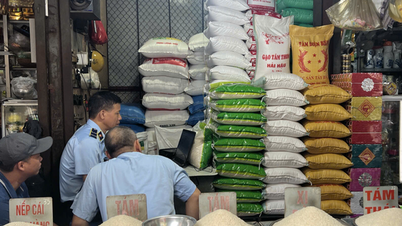

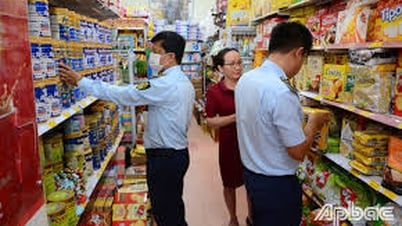

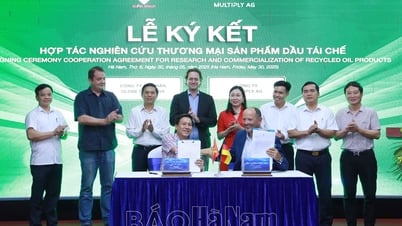

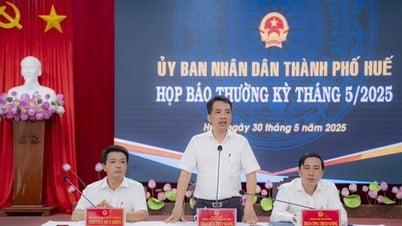
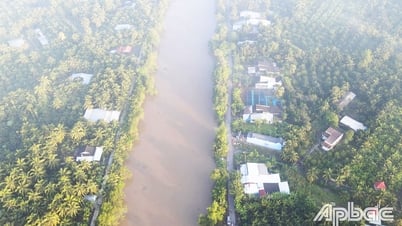







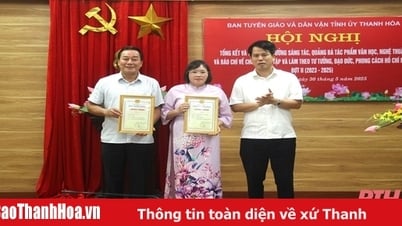
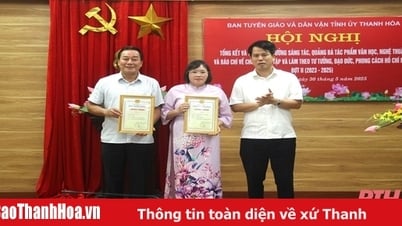
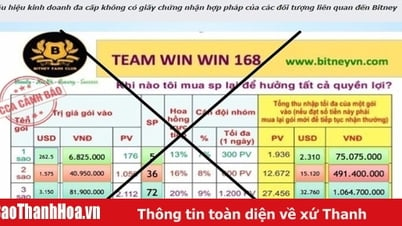
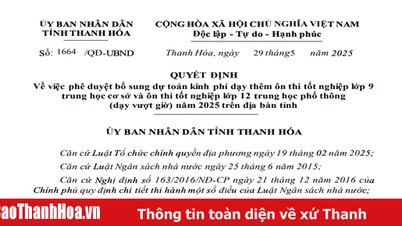
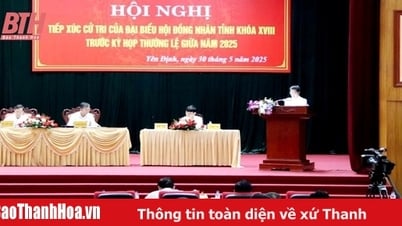























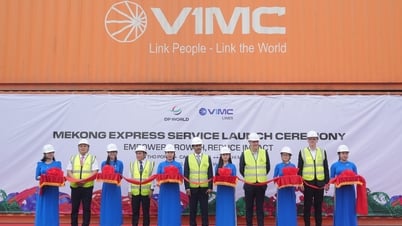






















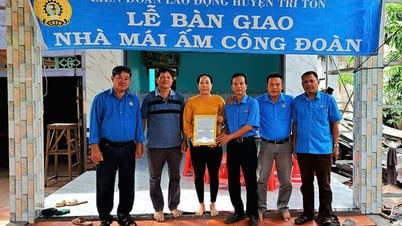
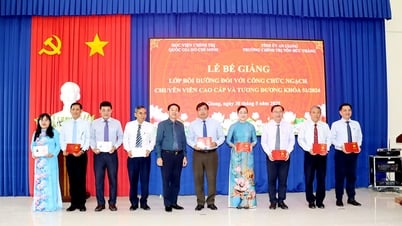
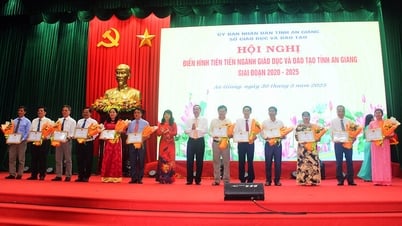
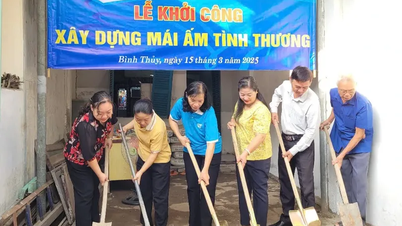















Comment (0)